Two Hawaii flight incidents Tuesday and Wednesday (plus one last week) caught our attention again. The first of those two was a new Mokulele interisland plane that limped into Honolulu with just one of its two engines operating, and the second was a United Airlines diversion caused by a tail strike.
Smoke may have caused Sunday’s Hawaiian Airlines flight diversion.
Another diversion occurred last Sunday, April 30, on flight 34 bound for Los Angeles from Maui. The flight departed at 1:08 PM but returned to Maui shortly thereafter at 1:40 PM. The flight resumed later that evening, arriving in Los Angeles the next day at 3:11 AM.
This came just a week after another Hawaii diversion in which Hawaiian Airlines Flight 383 from Honolulu to Kauai was forced to return to Honolulu due to mechanical problems.
UAL tail strike event.


UAL Flight 372, aircraft N75851, bound from Honolulu to San Francisco, a Boeing 757-300, had a tail strike on take off that required it to return to Honolulu airport on Wednesday. The flight took off at 7:06 AM and returned to HNL at 8:23 AM.
As can be seen in the image from FlightRadar24, the plane circled in the ocean before returning to HNL. Boeing 757s cannot dump fuel and can land at near maximum takeoff weight. The plane would have been fully fueled for the five-hour, 2,400-mile flight to the west coast.
The Boeing 757s tail struck the departure runway during takeoff from Honolulu airport. We also know, however, that the same aircraft was inspected, cleared for takeoff, and completed its journey to San Francisco. No significant damage was found. The second flight left Honolulu at 11:32 AM and arrived in San Francisco at 7:05 PM.
The United Airlines flight problem reminded us of two Hawaii-bound Alaska Airlines flights with similar tail strikes incidents just months ago.
Mokulele interisland flight loses engine – lands safely in Honolulu.
Then just one day prior, a new Mokulele interisland aircraft had problems when passengers described what sounded like an explosion in one of the Saab 340 (pictured below) engines. The flight continued to Honolulu and landed with just one engine operating. The cause of the engine failure is being investigated.
Mokulele just received these Saab 340B Plus aircraft last year. The 34-passenger twin-engine turboprops are a significant upgrade for the company, which has tried several different prop and jet planes over the years. Their workhorse, however, remains the 9-passenger Cessna Grand Caravans.
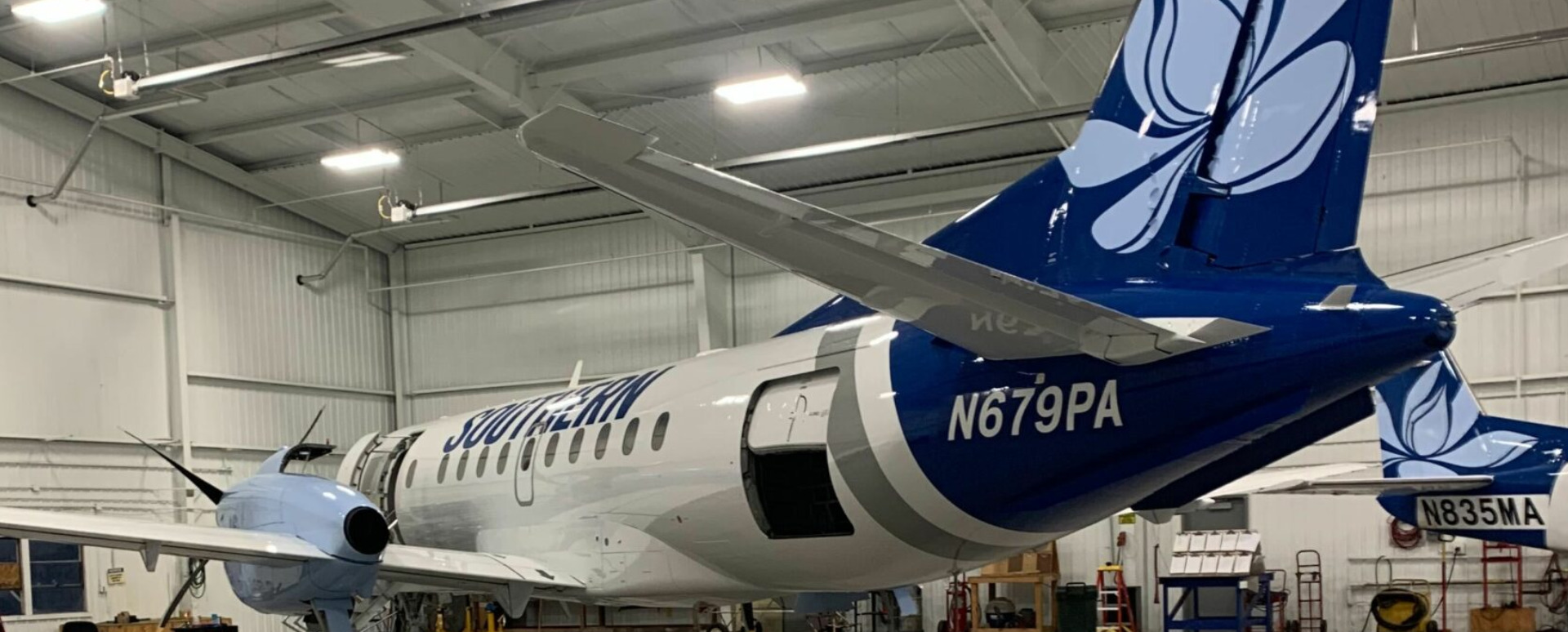

Alaska Airlines’ January tail strike incidents.
When two Alaska flights on different aircraft types in January had runway tail strikes on takeoff just moments apart, that caused the airline to go into an immediate ground stop that prevented all Alaska flights from taking off until the matter was resolved.
Alaska was swift (just 22 minutes) to find and determine a workaround for the problem on Alaska Flight 887, which departed Seattle on January 26, bound for Honolulu, and Alaska Flight 801, which left Seattle for Kona. Both aircraft diverted back to Seattle. One of the planes was a 747 MAX 9, while the other was a 737-900. Alaska flight attendants noted the problem at the plane’s rear when they heard the typical scrape sound associated with a tail strike.
Yesterday’s Honolulu Airport incident appears to have been a single event that United Airlines was also able to resolve quickly.
What are airliner tail strikes, and how dangerous are they?
It is an unusual event when the aircraft’s tail strikes the runway. Besides the two Alaska software-glitched caused ones in January, the prior Hawaii-related tail strike was on Hawaiian Airlines in 2021. That happened on their now-engine-troubled A321neo planes. The Hawaiian Airlines event had no diversion as it occurred when the plane landed.
Minor tail strikes may not be dangerous, as in this case. Still, there also exists the possibility that an aircraft may be weakened. Therefore, a thorough inspection and repair are indicated if needed, which can also prevent future issues with the same plane.
The plane’s manufacturer, Boeing, said this about tail strikes:
“A tail strike occurs when the tail of an airplane strikes the ground during takeoff or landing. Although many tail strikes occur on takeoff, most occur on landing. Tail strikes are often due to human error.
Tail strikes can cause significant damage to the pressure bulkhead. Failure of the pressure bulkhead during flight can cause a catastrophic event if the flight continues while pressurized. Tail strikes are expensive, too. During a safety investigation, one airline reported that a single tail strike cost its company $12 million in repair costs and loss of revenue during the repair.
In addition, some 777 models incorporate a tail strike protection system that uses software and hardware to protect the airplane. And some models of the 737, 767, and 777 have a tail skid that prevents damage from most takeoff tail strikes. However, these devices do not guarantee protection for landing tail strikes and some takeoff tail strikes. They also reduce tail clearance distances.
Boeing also noted that the 757-300 involved in this incident with United Airlines intentionally used a “relatively higher speed” than shorter-bodied aircraft. That is intended to improve tail clearance.
We remain alert for Hawaii flight incidents.
There have been so many, and the FAA is taking notice. In January, you’ll recall another Honolulu airport runway issue wherein a United Airlines flight at Honolulu entered an active runway while another plane was landing. And a month earlier, a United Maui flight dropped precipitously, narrowly missed impact with the Pacific Ocean. And that was the same day as the unforgettable mass injuries that occurred as the result of a Hawaiian Airlines turbulence incident that sent passengers and crews to the hospital.
The FAA subsequently conducted a safety summit to help address these issues in an industry that’s gone about a quarter century without a fatal crash.
Get Breaking Hawaii Travel News

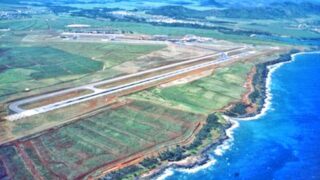
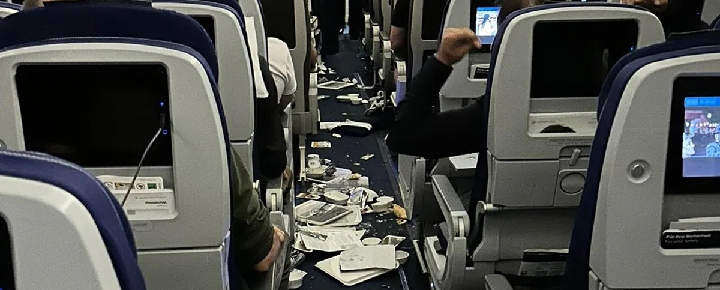
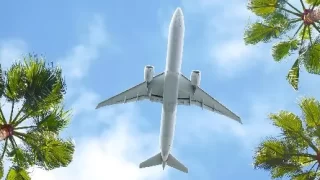
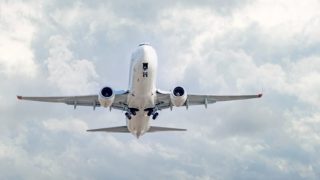

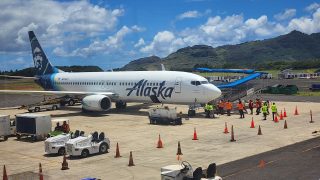
Used to be 4 engine planes for this route, Hawaiin and United owned it….747
Hawaiian never operated 747s. They used DC-10s and L-1011s.
Pan Am and Northwest did operate 747s to Hawaii. I’m not sure if TWA ever used a 747 for the Hawaii flights.
Ha ha…not sounding like alot of enticement for a trip to Hawaii…Dengue, tail strikes, heavily cut flight schedules (almost no non-stops to Lihui) and the impression we have of the Maui fires is that something is just really weird going on over there. And…prices are through the roof for both airfare and lodging! As much as I love Kauai I will probably wait for another trip and head off in other directions for now. Mahalo! We’ll be back after awhile.
Dread flying Norfolk VA to Maui via Denver. Our lives not safe. No refund from united to change airlines. Just want to cancel and lose $5.000with flights and 12 days condo.
It’s a pretty sick airline
🌴Despite all this news of air turbulence incidents, mechanical failures and mosquitos, I am still looking forward to my Maui trip in mid-August! Gee guys, mahalo for sharing all the recent “mishaps” with your loyal readers and potential visitors… ✈️ 🦟 🚑 ☹️
FINALLY !! Someone can see what’s important in a Hawai’ian tourist visit … i.e., someone can see the coconuts for the palm trees …
I would like to thank you for highlighting the recent flight incidents in Hawaii. While these incidents are concerning, it’s important to remember that they are relatively rare considering the number of flights that operate successfully every day. Safety remains a top priority, and regulatory authorities investigate such incidents to prevent future occurrences. Travelers should stay informed and seek guidance from airlines and relevant authorities. Let’s view these incidents as opportunities for improvement rather than indications of widespread issues. Safe travels to all visiting Hawaii.
HA also had a plane turnaround for fuel tank issues. HA 71 from LGB to OGG on 4/11/23. They trapped my wife in Oakland after the plane landed there. She had to catch a SWA flight to get her home on time. Never flying Hawaiian again.
Andy, keep in mind that every airline has the occasional maintenance issue. It happens. How Hawaiian handled this was simply another case of dealing with it. You simply cannot operate a piece of equipment as complex as a modern jet and not expect the rare inconvenience. Your wife had the bad luck of being delayed. She had the good luck of traveling on an airline that doesn’t take unnecessary chances. The same can be said for all the airlines serving Hawaii. Flying to Hawaii is incredibly safe, you can thank the airlines for that and the fact that they don’t cross the Pacific if there is an issue that could make it less safe.
To blame the aircraft Or the manufacturer for a tail strike is ridiculous. I’m a retired former commercial pilot with over 25K flight hours including instructing other pilots. Tail strikes on takeoff or landing are almost 100% human error; and usually pilot error coupled with poor training.
On Takeoff:
Improperly set elevator trim or a mistrimmed stabiliser
Rotation at incorrect speed
Excessive rotation rate
Improper use of the flight director
On Landing:
Unstabilised approach
Excessive hold off in the landing flare
Improper handling of crosswinds
Over-rotation during go-around
Pilots with inadequate training and less than optimum flying experience coupled with maintenance done by “who knows who or where” are enough to make someone reconsider their life insurance policy beforeflying anywhere. Truly worrisome.
But yet maintenance always seems to get blamed
sounds like airline pilots need some refresher training
Seventeen year Aloha pilot, nine additional years with other 737 operators. I can tell you that a tail strike is caused by one thing: pulling back on the yoke too fast when rotating on takeoff. On a -200 through -700 series B-737 you would roughly count off five seconds, pulling up 3 degrees per second, you would slow that down to two degrees per second on a -900 since it’s quite a bit longer than a -700. An -800 also requires a bit slower rotation, but the -900 is roughly the length of a B-757.
Bottom line: a tail strike is due to pilot error. Period. You can’t blame the airplane.
Your comments reveal that you weren’t likely a pilot at all. Especially not at an airline. History has shown us plenty of examples where a load shift has caused tail strikes, as well. But that wouldn’t fit the narrative, would it…
Not sure you what history you are are talking about Tom but your attempt at an insult to make a point reveals more about you than anything. The load shifts you are talking about have happened mostly on cargo aircraft and they don’t ofton result in a simple tail strike. They actually have caused a few fatal crashes. The shift generally happens after rotation. What the pilots on here are referring to is correct, an over rotation is typically pilot induced. Although an improper weight and balance calculation can also lead the crew astray. (30,000+ hrs and 8 type ratings)
It’s refreshing to have a Professional Pilot give their assessment of the reasoning behind the Tail Strikes. Thank you for your opinion!
I agree, Jan. It’s nice to read comments from experienced pilots. I occasionally watch Air Disasters on the Smithsonian channel. I don’t watch often anymore because I don’t want to scare myself out of ever flying again. I always feel safe when I fly. I enjoy flying rather than driving. I feel safer on a plane. People drive too fast and text these days. I have seen on Air Disasters episodes where there were tail strikes but it is usually on a cargo plane where the cargo was not secured properly and shifted to the rear of the plane on takeoff.
Why a tail strike….in the first place? Isn’t it human error?
Yup. It’s called over rotation upon hitting V1
Boing already has a bad reputation …may be it’s time to look at other planes and spend more money on mechanics and inspections, rather than astronomical increases for pilots!
I assure you the aircraft are maintained to the highest standards per all applicable manuals. Tail strikes have nothing to do with maintenance of the aircraft.
Pilots with inadequate training and less than optimum flying experience coupled with maintenance done by “who knows who or where” are enough to make someone reconsider their life insurance policy beforeflying anywhere. Truly worrisome. I don’t mind paying Pilots well. After all our lives are in their hands. But they should be well trained experienced pilots. They should be hired for merit not any other reason
You are selling some negativity there Colleen. It sounds like you are echoing a totally false narrative about Pilot hiring that was spread by a recently fired cable news show host. Pure political sensationalism that has nothing to do with reality. These are isolated incidents that can happen to anyone. A good attitude and good training are key to the profession. Pilots from a diversified background are not even remotely responsible for the few incidents that make it to the news. More specific to what you are trying to undermine, anyone that can get selected and then pass the rigorous training that UAL puts them through has all it takes to be a skilled airline pilot.
As a retired airline mechanic. I disagree with you. We are licensed by the FAA we sign for our work, we can goto jail and have our license suspended are revoked. If they feel what we did was wrong and intentional. So I can tell you aircraft mechanics do there job. I know they reported mishaps here. But the truth flying is safe. There hasn’t been a fatal crash in the USA over 20 years. So people at the airlines do there jobs.
As was pointed out here Colleen you have been duped by cable news meant to create an audience with little experience about what they are talking about. Any pilot that makes it through the rigorous training that is required equally for everyone is well qualified to do the job. No one is given a free pass…
It’s hard to believe that all this negatively is coming out of Hawaii. I lived on Oahu between 1984-1988, and only remember one serious situation. United Airlines went on strike and tourism dropped drastically.I was a tour agent selling luaus, outer island packages, car rentals, dinner cruises,etc. I have visited maybe 7 times since.. If you could please answer these questions. Are you trying to keep tourists away? Or is Hawaii not a great place to visit anymore. Thank you, Catherine
Another reason I don’t like the 737. Don’t have to worry about tail strikes (for the most part) with Airbus aircraft. I say bring back Empire Airlines and it’s Ohana operation.
Thank you for getting it right regarding the United flight. The first article I saw about was from a Hawaiian news station. They said the flight was going to Albuquerque!
Unfortunately, negativity sells